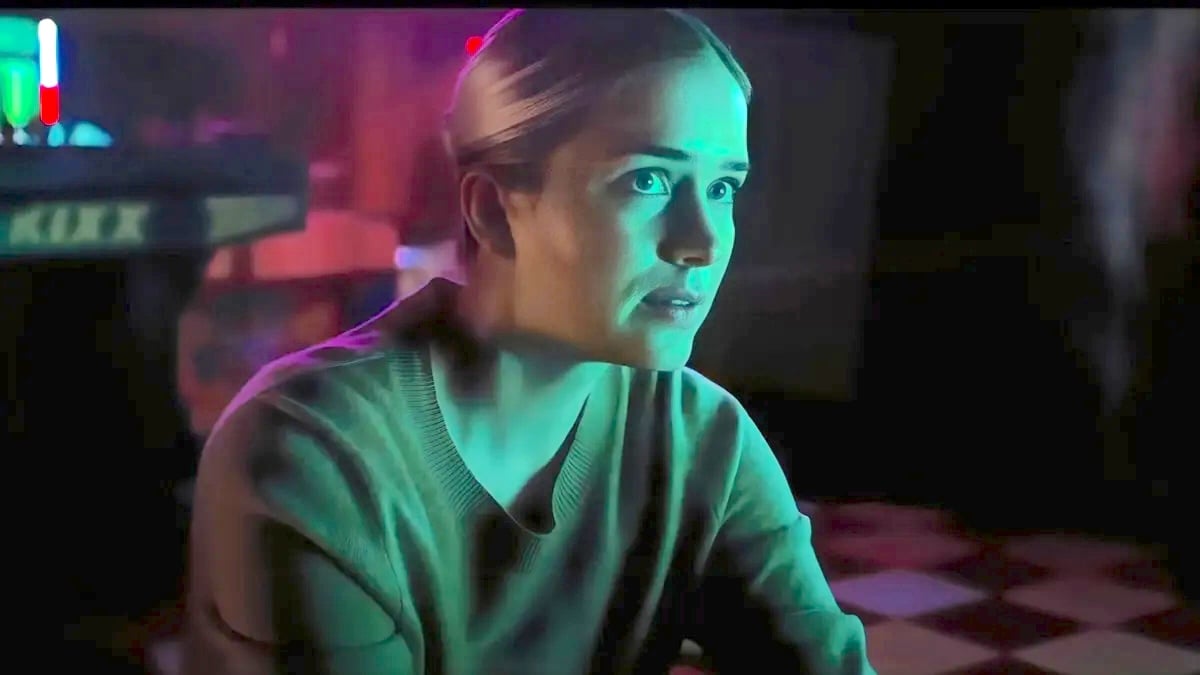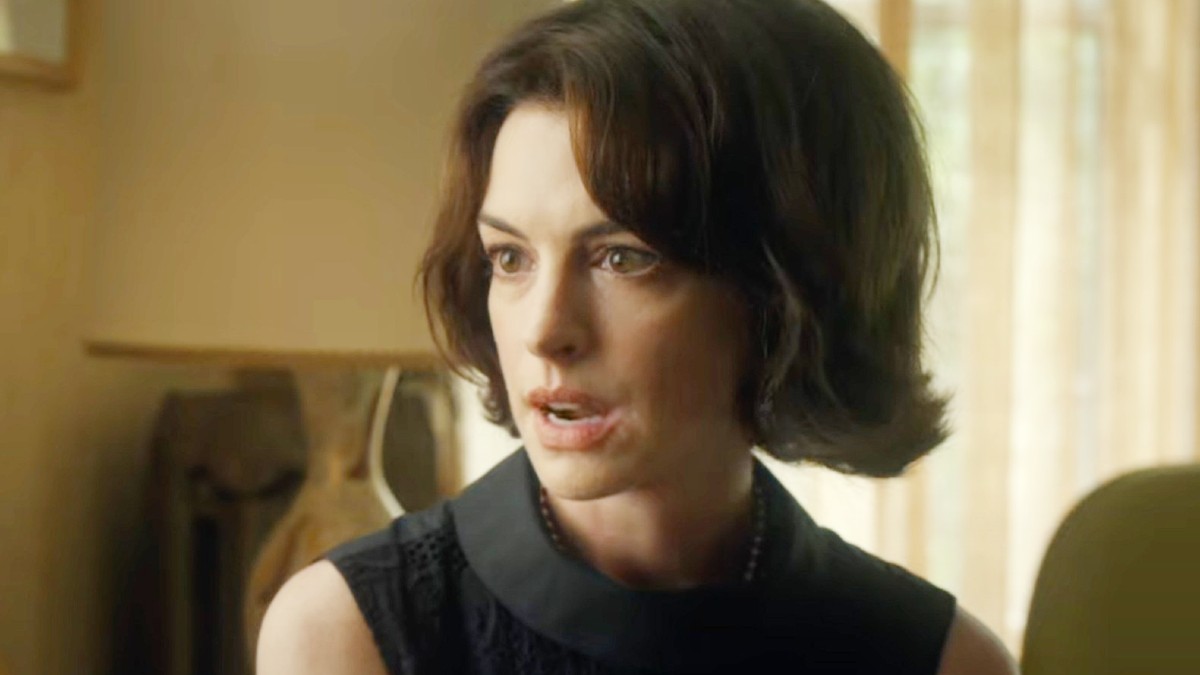
It is hard to tell whether or not Kurt Cobain would have enjoyed Brett Morgen’s new documentary about him, one that scribbles his most revealing journal entries onto a big screen and digs into the deepest, darkest parts of his artistic temperament. Cobain was highly suspicious of journalists and didn’t like to explain the songs he wrote. He preferred letting the listener provide his or her own meaning to the music.
Regardless of what the Nirvana frontman may have thought of this raw, revealing documentary, airing on HBO May 4 after a brief stint in theaters, Kurt Cobain: Montage of Heck is one of the most riveting rock biographies ever made. Cobain considered himself an “acne superstar,” and Morgen’s film highlights both parts of that, from his adolescent as a bored, lonely manic-depressive to the dizzying, if sordid heights of fame that followed Nevermind’s bounce to the top of the Billboard charts. Parts of it are thrilling, while other sections torment the viewer with unflinching sorrow and pain. Mostly, this is a pure, unadulterated portrait of the young icon, who died in April 1994 at age 27.
Cobain’s family graciously lent Morgen classroom artwork and the singer’s personal journals, as well as Super-8 home movies and hundreds of hours of audiotapes. The result is an urgent document and time capsule where animated segments (led by Stefan Nadelman and Hisko Hulsing) create a picture to match his colorful writing and the detail of selected audio clips.
The home movies, meanwhile, reveal a manic, excitable boy with blonde hair on Christmas morning, opening presents by the tree in his pajamas. Along with grade-school drawings of characters like Fred Flintstone, Mickey Mouse and Frankenstein, we get the sense of a normal childhood upbringing, bolstered by television and ordinary American pastimes, but butchered by a bitter divorce between dad Don and mom Wendy. (It is hard to view Super-8 footage of a dog galloping down the sidewalk, set to the tune “Something in the Way,” without feeling Cobain’s yearning to escape humdrum suburbia.)
Sequences with just the words and cartoon drawings from the singer’s journal splayed on the screen offer a stark, sometimes unsettling passageway into his deepest, darkest creative tendencies. As Cobain describes in these journals, a raw portrait of pubescent alienation, his teenage self was “an underdeveloped, immature little dude that never got laid and was constantly razzed.” He describes a botched sexual encounter, which later spawned an attempted suicide.
As a rock star, Cobain’s throaty scream on “Smells Like Teen Spirit” both electrified and polarized America. Some audiences couldn’t get past the pain to hear his poetry. In opening titles, the thrash of grunge blasts over archival clips of 1950s Americana, a time where paranoia festered underneath manicured, picture perfect lives. The vulnerability and rage Cobain personified in his music was just the explosion many needed.
However, the rocketing trip to fame overwhelmed him. Cobain was sullen in interviews and hesitant to confirm the press’s notes that he was the voice of a generation for disaffected youths. He was a public persona begging for privacy, spitting on cameras filming his concerts and closing off after reading a negative news article about him or the band. “I feel like people want me to die,” he said at one point. “It would be the classic rock and roll story.”

Exclusive interviews with Cobain’s family and friends, including Nirvana guitarist Krist Novoselic and wife Courtney Love, are candid reflections of the late musician. Some Cobain fans irked by his relationship with Love may find the doc’s second half, which centers heavily on this love affair and the tattered environment where they eventually raised daughter Frances, rather revolting. (Morgen’s film spends more time in the hostile apartment where they lived than the concert stage, which could disappoint those hoping for a more comprehensive chronicling of Cobain’s musical journey.) In the apartment, they smooch in close-up, flirt in the bathroom and mock fan letters. These clips are intimate and unflattering, showing off Cobain’s fragility.
The documentary is a tricky balancing act between delight and despair. Morgen emphasizes the latter, although some of that stems from the musician’s tragic end. It is hard to enjoy spurts of happiness, such as footage of Cobain crawling around the house with daughter Frances and accepting responsibility to protect and love his daughter above all else, when we know the darkness that will follow. (In one of the journal entries shown, Cobain wrote, “Holding my baby is the best drug in the world.” Shortly after, we see him holding his daughter but clearly stoned off another substance.)
To emphasize the duality of Cobain’s persona, the brooding loner and the magnetic rock star, Morgen and co-editor Joe Beshenkovsky sometimes shift quickly between quiet family interviews and large, clapping masses of concert attendees. These cuts would be jarring if they didn’t fit the film’s paradoxical subject. As the singer mumbles and stares unsteadily at a video camera in his grungy apartment, it is hard to recall the giddy squeal of him as a three-year-old, yelling, “I’m Kurt Cobain!” While he couldn’t sit still as a boy or young man, he later arrested crowds with his fierce lyrics and magnetic stage presence.
That manic mindset is also explored with the Nirvana song “All Apologies,” which bookends the film. Near the start, the tune is played instrumentally on a xylophone, softly, over footage of Cobain’s childhood during an idyllic winter in Aberdeen. The presence of that song hints at how the pain from his young life would later find a home in his music. At the end, its powerful deconstruction on MTV Unplugged feels like the culmination of a fiery, if too flickering career. Here, the song is fully formed, performed with poise and control. At the climax of the performance, the doc leaves the Unplugged broadcast and returns to Cobain as a young boy, giddy and laughing.
Kurt Cobain: Montage of Heck is electrifying and emotionally devastating, a film that should deeply move fans of the late iconoclast while also introducing the man with all his flaws and feelings to those who never listened to his music. This is as definitive as rock and roll biographies go, capturing the ethos of a modern icon with insight and vigor. As Morgen’s film examines, the biggest tragedy for the Nirvana frontman is how briefly he found nirvana of his own.





Published: May 3, 2015 06:29 pm